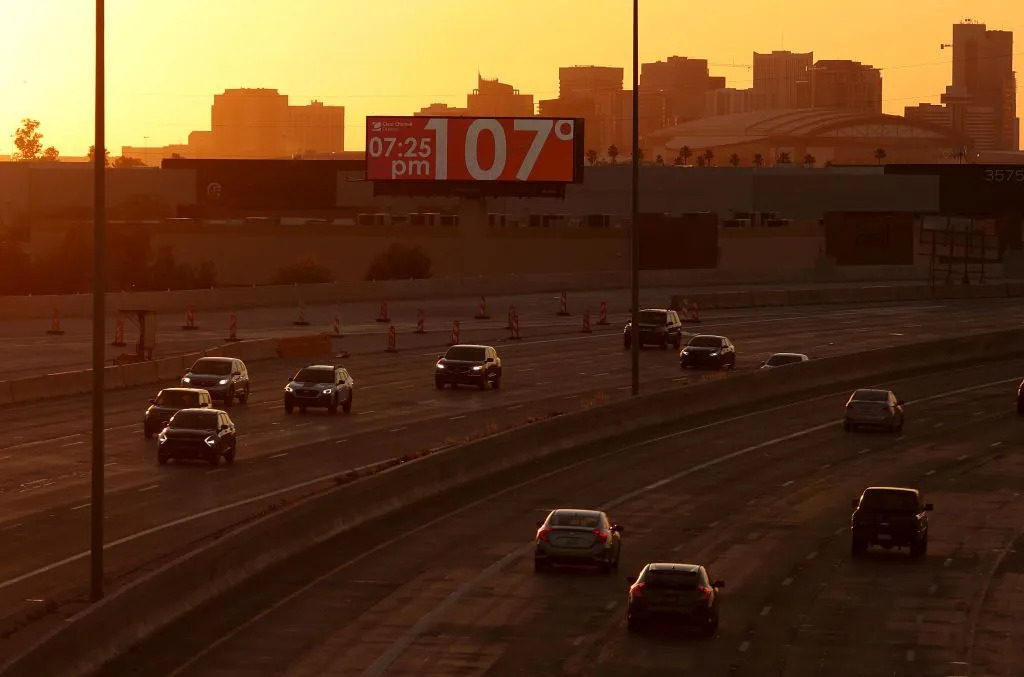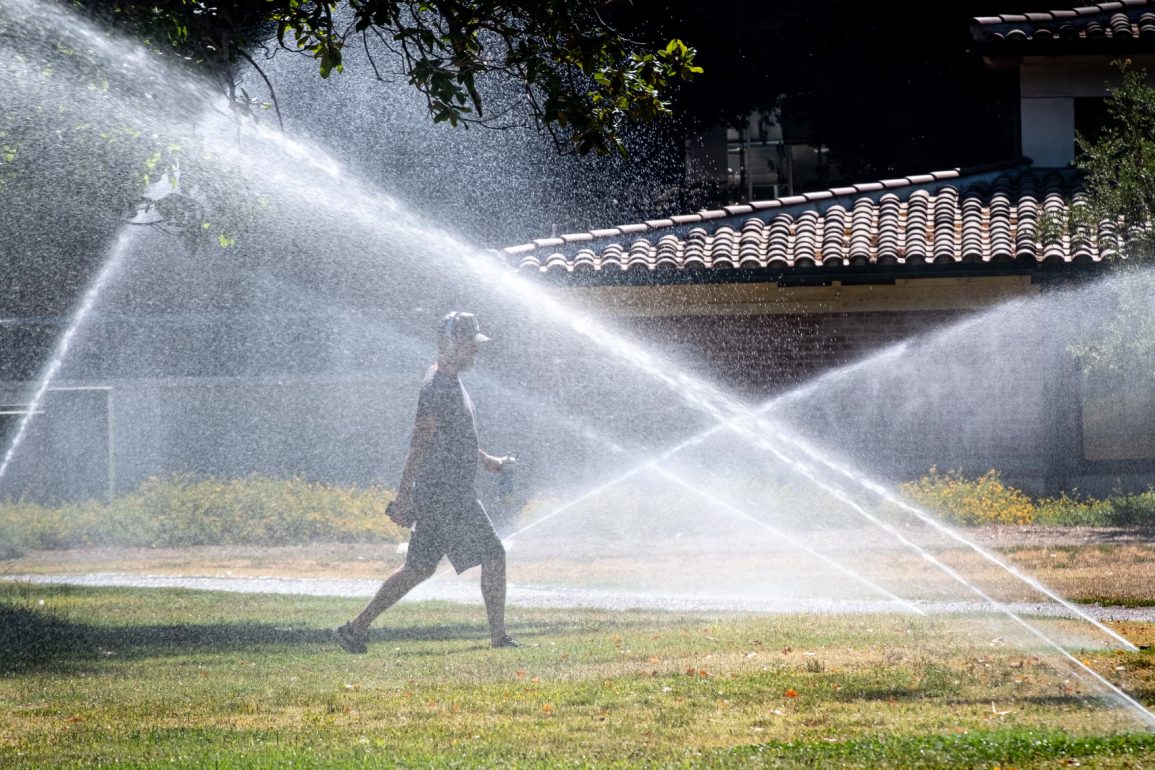The western United States is currently grappling with an intense heatwave that has brought some of the highest temperatures of the season, resulting in broken heat records across the region. Millions of residents from cities such as Phoenix, Los Angeles, and Seattle are under heat alerts as this extreme weather pattern began earlier in the week and is projected to last through the weekend.
Remarkably, summer 2024 is being marked as the hottest summer on record, raising concerns about the implications of such heat on public health and safety.
In California, specific cities have experienced alarming temperature spikes. Indio reached a scorching 121°F (49.4°C), setting a new record for September and surpassing the previous record of 120°F from 2020. Palm Springs matched its daily record of 121°F, having previously hit an all-time high of 124°F in July.
Meanwhile, while the Los Angeles region has not broken new records, Burbank tied its all-time high of 114°F. As of Thursday, Los Angeles recorded temperatures at 102°F (38.9°C), with expectations for several consecutive days of triple-digit readings.

Phoenix has been under extreme conditions as well, marking its hottest September day at 116°F and completing a staggering 100 straight days of temperatures at or above 100°F. This summer is officially the hottest Phoenix has experienced since record-keeping began in 1896.
In the typically cooler Pacific Northwest, Portland schools closed early due to the heat, and Seattle set a new daily temperature record of 89°F. These elevated temperatures have led to poorer air quality, with officials urging sensitive populations to limit outdoor exposure.
California’s central coast has not been spared either, with temperatures exceeding 100°F, particularly at the San Luis Obispo airport, where temperatures reached 108°F on Friday. This summer stands out not just in the US, but globally, as July 22, 2024, was recorded as the hottest day in history. Death Valley National Park also reported its hottest summer ever, averaging 104.5°F from June to August, surpassing previous records.
The increasing frequency and severity of heatwaves are directly linked to the ongoing climate crisis, which is driving extreme weather patterns across the globe. Experts have noted that heatwaves are the weather events most affected by climate change.
Vulnerable groups—including the unhoused, children, the elderly, and those with chronic health conditions—are at heightened risk of heat-related illnesses during such extreme conditions. Furthermore, the risk of wildfires escalates under these hot, dry circumstances; currently, a wildfire in San Bernardino County has grown to over 500 acres, prompting evacuation warnings for local residents.

